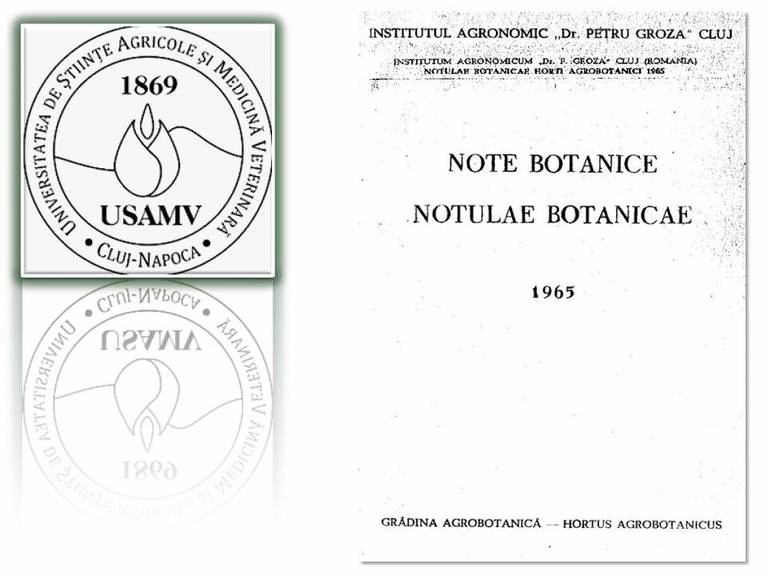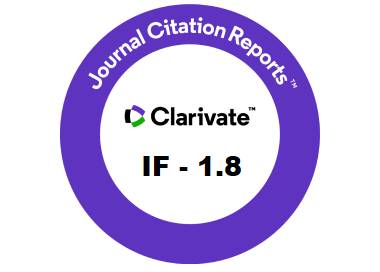Fruit Quality and Phytochemical Attributes of Some Apricot (Prunus armeniaca L.) Cultivars as Affected by Genotypes and Seasons
DOI:
https://doi.org/10.15835/nbha4028044Abstract
This study was conducted over two growing seasons (2010 and 2011) to evaluate effects on fruit quality and phytochemical properties of new Turkish cultivars, hybrid between Irano-Caucasian- and European eco-geographic groups, and some important apricot cultivars in the eastern Mediterranean region of Turkey. Fruit quality characteristics, sensory traits, and phytochemical parameters were investigated. The data showed that considerable variation existed in fruit quality and phytochemical properties of Turkish, and foreign apricot cultivars based on genotypes and growing seasons. The new hybrid cultivar ‘Çağataybey’ contained the highest total soluble solid content (14.6%), rich total phenolic (93.9 mg GAE 100g-1 fw), and total antioxidant capacity levels (9.8 mmol Fe2+ kg-1 fw), and >50% of blush color on the fruit peels among the cultivars. The fructose and sucrose values showed positively significant correlations with total phenolics (r = 0.55 and r = 0.69, at p< 0.05, respectively). The authors had estimated that the data will be useful for breeding studies to improve fruit quality and nutritional contents of apricot cultivars.Downloads
Additional Files
Published
2012-09-24
How to Cite
CALISKAN, O., BAYAZIT, S., & SUMBUL, A. (2012). Fruit Quality and Phytochemical Attributes of Some Apricot (Prunus armeniaca L.) Cultivars as Affected by Genotypes and Seasons. Notulae Botanicae Horti Agrobotanici Cluj-Napoca, 40(2), 284–294. https://doi.org/10.15835/nbha4028044
Issue
Section
Research Articles
CITATION
DOI: 10.15835/nbha4028044
License
Copyright (c) 2012 Oguzhan CALISKAN, Safder BAYAZIT, Ahmet SUMBUL

This work is licensed under a Creative Commons Attribution 4.0 International License.
License:
© Articles by the authors; licensee UASVM and SHST, Cluj-Napoca, Romania. Papers published in the journal Notulae Botanicae Horti Agrobotanici Cluj-Napoca are open access distributed under the terms and conditions of the Creative Commons Attribution License (http://creativecommons.org/licenses).

Open Access Journal:
The journal allows the author(s) to retain publishing rights without restriction. Users are allowed to read, download, copy, distribute, print, search, or link to the full texts of the articles, or use them for any other lawful purpose, without asking prior permission from the publisher or the author.











.png)







